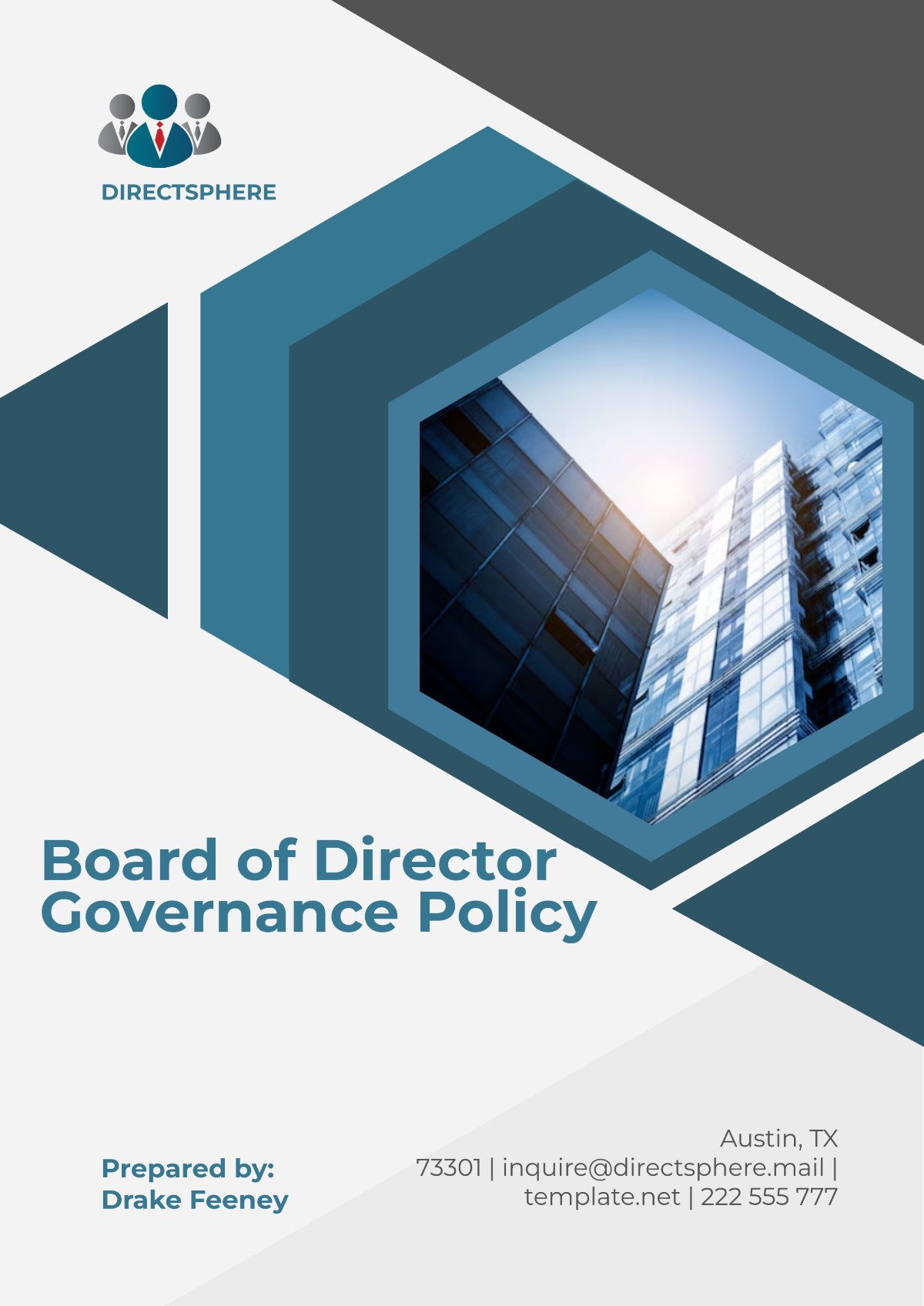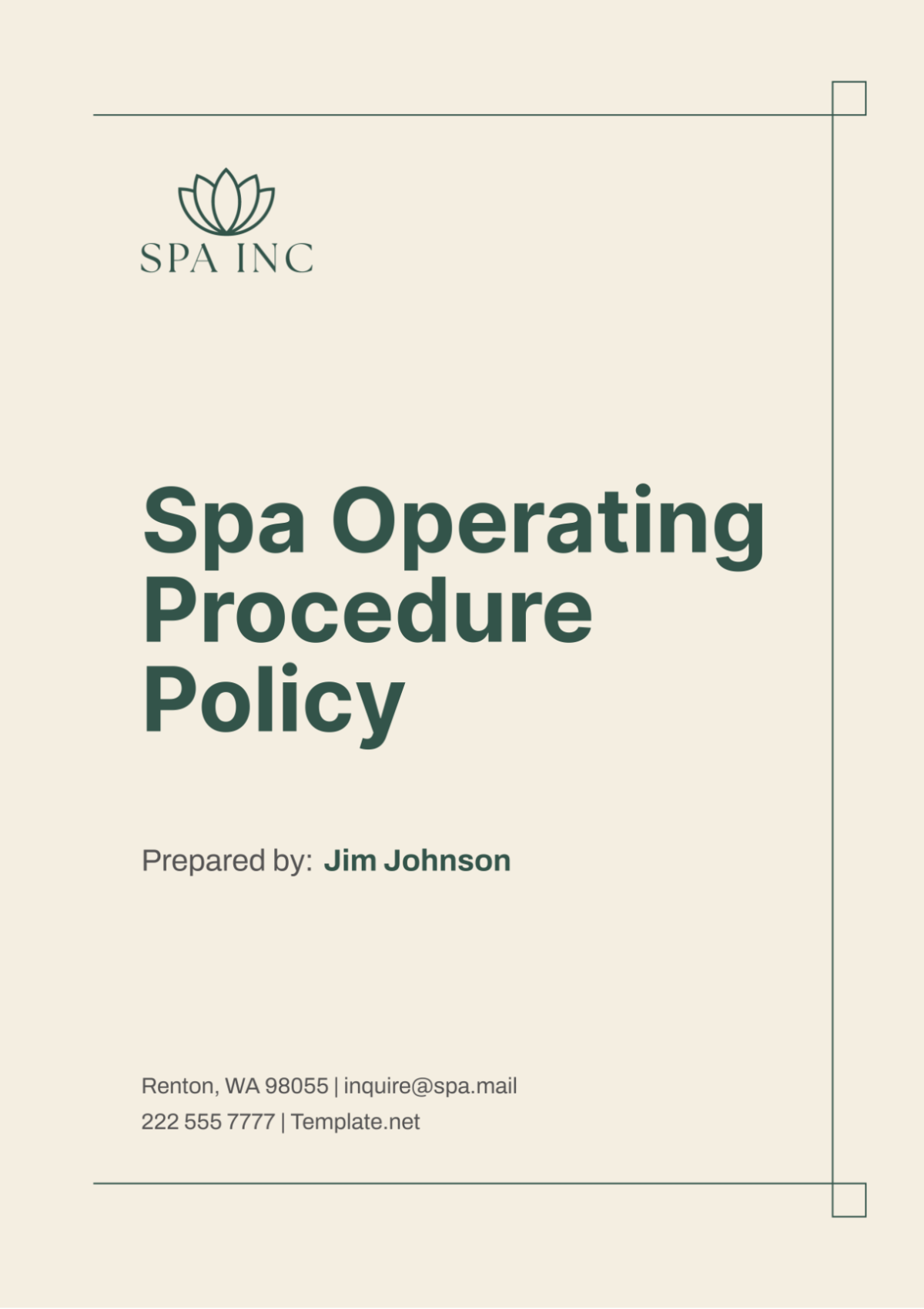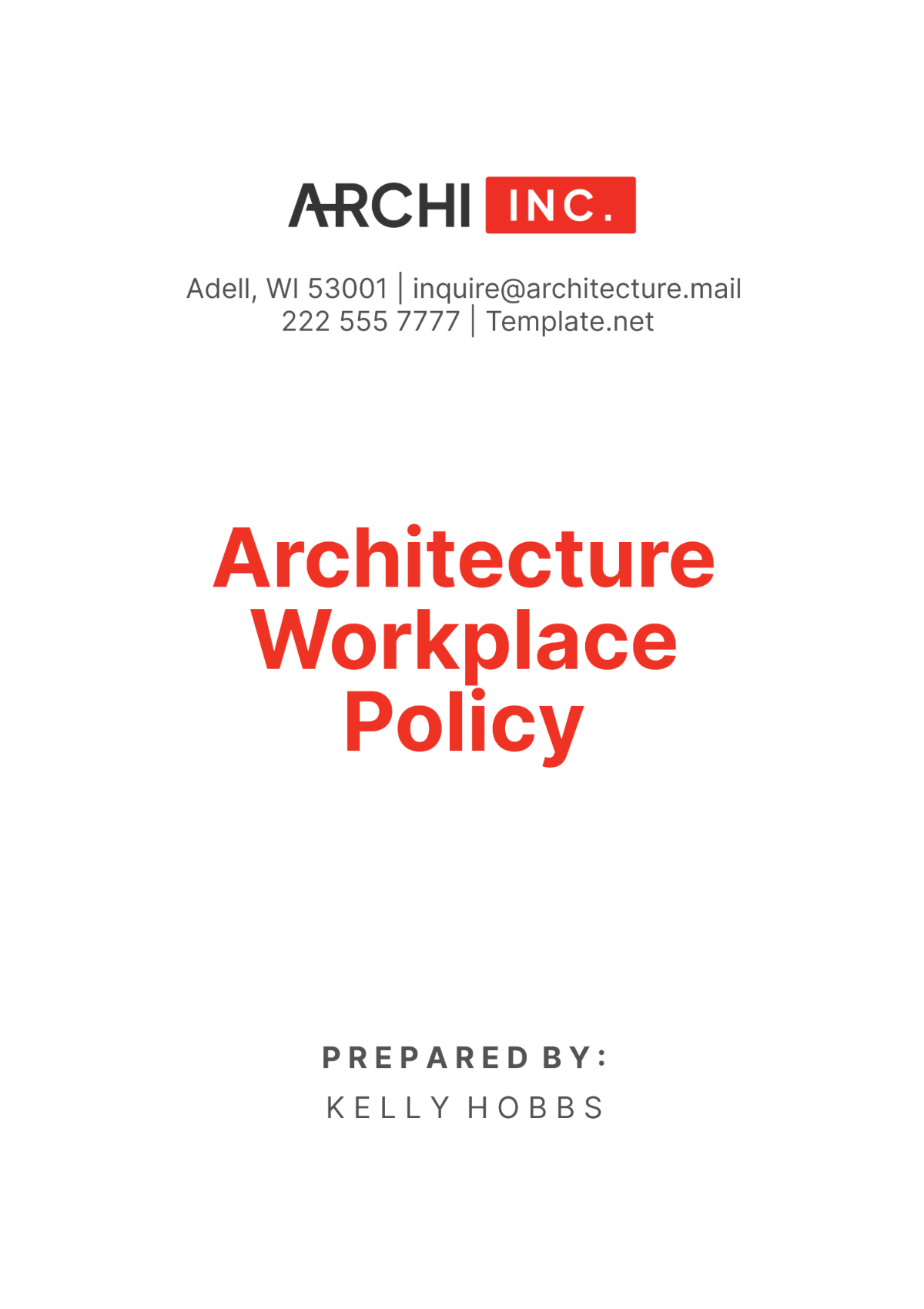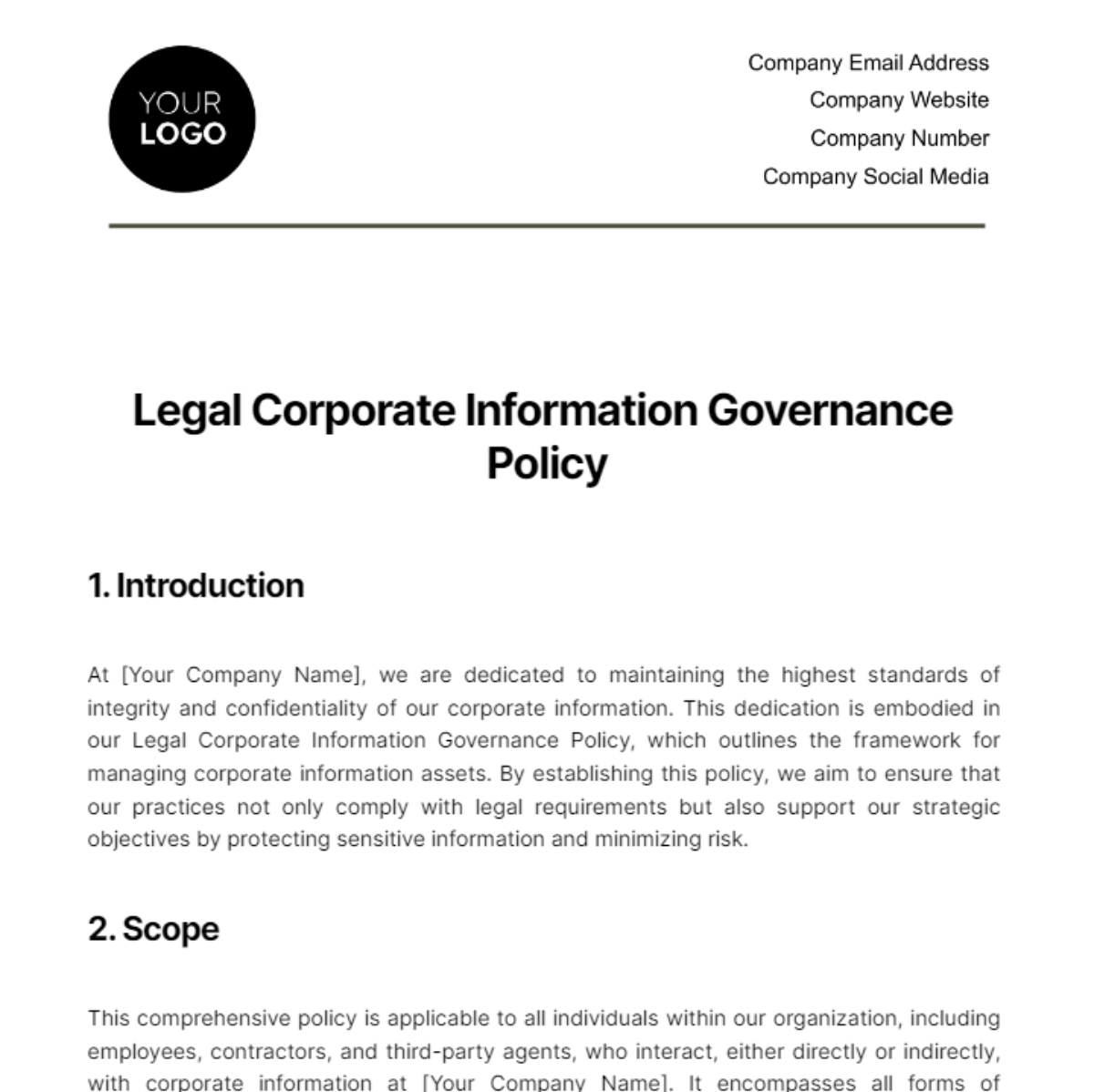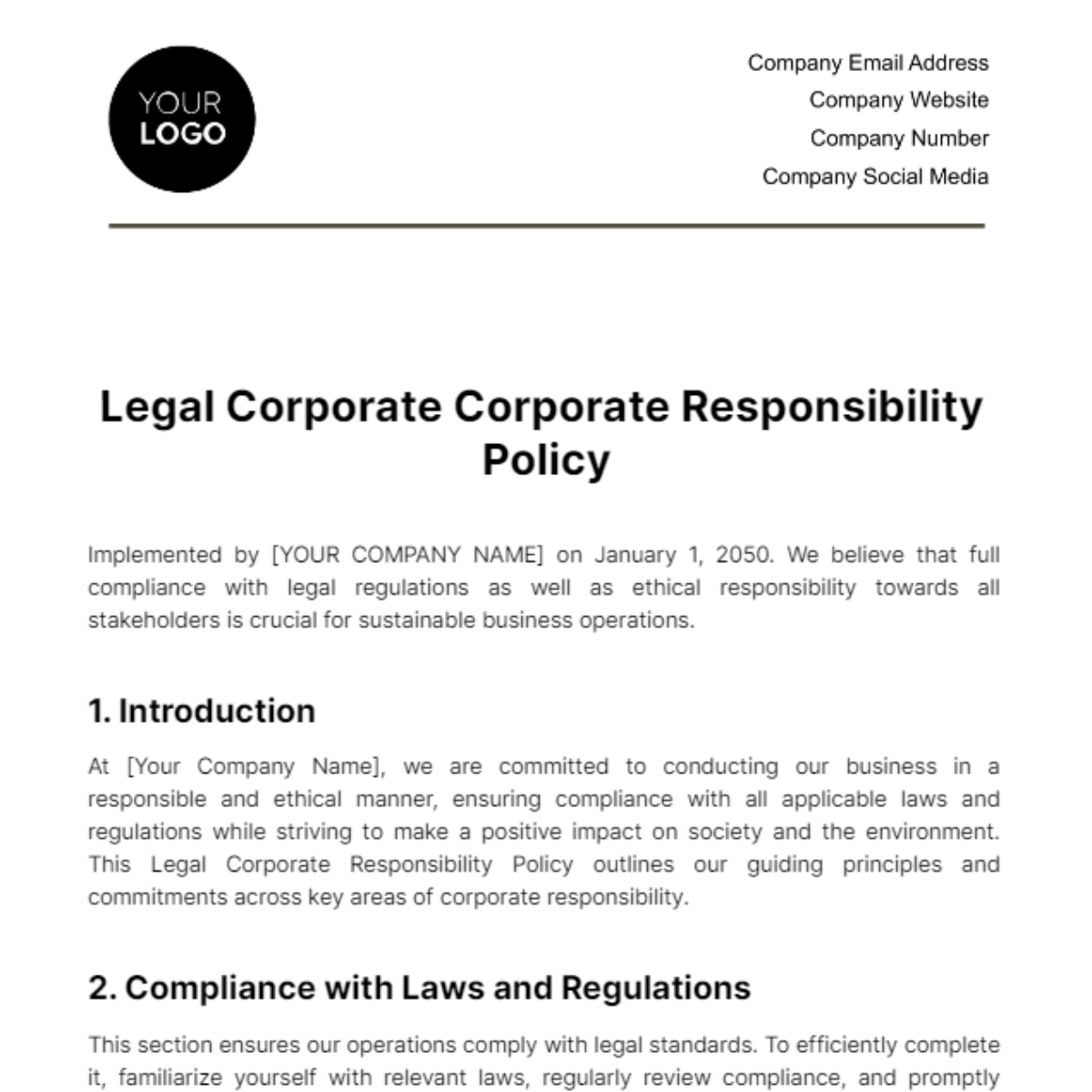Architecture Leave Policy
I. Introduction
A. Purpose of the Leave Policy
The purpose of the Leave Policy at [Your Company Name] is to provide a clear and structured framework for managing employee leave. This policy ensures that all employees understand their entitlements and responsibilities regarding leave, enabling them to balance their work and personal lives effectively. The policy aims to support employee well-being, promote work-life balance, and maintain operational efficiency within the company.
B. Scope and Applicability
This Leave Policy applies to all employees of [Your Company Name], including full-time, part-time, and contract employees. It covers various types of leave, such as annual leave, sick leave, maternity/paternity leave, bereavement leave, unpaid leave, and special leave. The policy outlines the procedures for applying for leave, the criteria for approval, and the responsibilities of both employees and managers.
C. Policy Statement
[Your Company Name] is committed to providing a fair and transparent leave policy that respects the needs of employees while ensuring the smooth functioning of the company. This policy is designed to comply with relevant employment laws and regulations and to foster a supportive and productive work environment.
II. Types of Leave
A. Annual Leave
Annual leave is a paid time off provided to employees for rest, recreation, and personal activities.
Employee Category | Entitlement (Days) | Accumulation Limit | Carry-Forward Policy |
|---|---|---|---|
Full-time | 20 | 40 | Up to 10 days |
Part-time | Pro-rated | Pro-rated | Up to 5 days |
Contract | As per contract | As per contract | As per contract |
B. Sick Leave
Sick leave is granted to employees who are unable to work due to illness or injury.
Sick Leave Type | Entitlement (Days) | Documentation Required |
|---|---|---|
Short-term Sick Leave | 10 | Medical certificate for absences over 3 days |
Long-term Sick Leave | Up to 6 months | Detailed medical report |
C. Maternity/Paternity Leave
Maternity and paternity leave are provided to support employees during the birth or adoption of a child.
Leave Type | Entitlement (Weeks) | Conditions |
|---|---|---|
Maternity Leave | 12 | Pre- and post-natal leave included |
Paternity Leave | 2 | Must be taken within 4 weeks of birth/adoption |
D. Bereavement Leave
Bereavement leave is provided to employees who have lost an immediate family member.
Relationship | Entitlement (Days) | Conditions |
|---|---|---|
Immediate Family | 5 | Spouse, child, parent |
Extended Family | 2 | Sibling, grandparent |
E. Unpaid Leave
Unpaid leave may be granted under special circumstances when paid leave is not applicable.
Reason for Unpaid Leave | Approval Conditions |
|---|---|
Personal Reasons | Subject to managerial discretion |
Educational Purposes | Must provide evidence of educational activity |
F. Special Leave
Special leave covers leave for jury duty, military service, and other specific situations.
Special Leave Type | Entitlement (Days) | Documentation Required |
|---|---|---|
Jury Duty | As required | Jury summons |
Military Service | As required | Official military orders |
III. Eligibility Criteria
A. Employee Categories Eligible for Leave
Full-time Employees: All types of leave
Part-time Employees: Pro-rated annual leave, sick leave, and special leave
Contract Employees: Leave as specified in the contract
B. Minimum Service Period
Employees must complete a minimum of six months of continuous service to be eligible for annual leave and sick leave.
Maternity/paternity leave is available from the date of employment, subject to statutory requirements.
Bereavement and special leave are available from the date of employment.
C. Provisions for Part-time and Contract Employees
Part-time employees' leave entitlements are calculated on a pro-rata basis, reflecting the number of hours worked. Contract employees' leave entitlements are determined by the terms of their employment contracts.
IV. Leave Entitlement
A. Annual Leave Entitlement
Employees are entitled to 20 days of annual leave per year, which accumulates monthly. Employees can carry forward up to 10 days of unused leave to the next year, with a maximum accumulation limit of 40 days.
Example Calculation:
If an employee takes 15 days of leave in a year, they can carry forward 5 days.
If they do not take any leave, they can carry forward the full 10 days, up to a maximum of 40 days.
B. Sick Leave Entitlement
Sick leave is divided into short-term and long-term leave:
Short-term Sick Leave: Up to 10 days per year, with a medical certificate required for absences exceeding three days.
Long-term Sick Leave: Up to six months, requiring a detailed medical report.
C. Maternity/Paternity Leave Entitlement
Maternity Leave: 12 weeks, including pre-and post-natal leave. Employees may begin maternity leave up to six weeks before the expected due date.
Paternity Leave: 2 weeks, to be taken within four weeks of the birth or adoption of a child.
D. Bereavement Leave Entitlement
Immediate Family: 5 days of paid leave.
Extended Family: 2 days of paid leave.
E. Unpaid Leave Entitlement
Unpaid leave is granted based on managerial discretion for personal reasons and educational purposes. Employees must provide supporting documentation, such as a letter of acceptance from an educational institution.
F. Special Leave Entitlement
Special leave is granted for specific situations, such as jury duty or military service, with appropriate documentation.
Example:
An employee called for jury duty must provide the jury summons to receive leave.
An employee called for military service must provide official military orders.
V. Application and Approval Process
A. Leave Application Procedure
Employees must submit a leave application form at least two weeks in advance for planned leave. The form must include the type of leave, dates requested, and any supporting documentation.
Leave Type | Submission Deadline |
|---|---|
Annual Leave | 2 weeks in advance |
Sick Leave | As soon as possible |
Maternity/Paternity Leave | 4 weeks before start date |
Bereavement Leave | Within 3 days of the event |
Special Leave | As soon as possible |
B. Leave Approval Process
Leave requests are reviewed and approved by the employee's immediate manager. The manager must ensure that the leave does not disrupt departmental operations and that adequate coverage is available.
Steps for Approval:
Employee submits the leave application form.
Manager reviews the request and checks for any potential conflicts.
Manager approves or rejects the request and notifies the employee within five business days.
Approved leave is recorded in the company’s leave management system.
C. Emergency Leave Procedures
In case of emergencies, employees must inform their manager as soon as possible and submit the leave application and supporting documentation upon their return.
Documentation Type | Submission Deadline |
|---|---|
Medical Certificate | Within 3 days of return |
Bereavement Proof | Within 5 days of the leave start |
VI. Leave Recording and Monitoring
A. Leave Recording System
[Your Company Name] employs a dual approach for recording leave: manual and digital systems. This ensures accuracy, transparency, and ease of access for both employees and managers.
Manual Recording System:
Employees fill out a leave application form and submit it to their immediate manager.
Approved forms are filed in the employee's personnel file.
HR maintains a centralized log of all approved leave applications.
Digital Recording System:
Employees submit leave applications through the company’s HR software.
Approved leave is automatically recorded in the system, which is accessible to both employees and managers.
The system provides real-time updates on leave balances and usage.
Method | Process Summary | Accessibility |
|---|---|---|
Manual | Physical form submission and HR log maintenance | Limited to HR and Manager |
Digital | Submission through HR software, real-time updates | Accessible to Employee, HR, Manager |
B. Monitoring Leave Usage
Monitoring leave usage is crucial for maintaining operational efficiency and ensuring employees do not exceed their leave entitlements.
Regular Leave Audits:
Conducted quarterly by the HR department.
Review the accuracy of leave records and identify any discrepancies.
Ensures compliance with leave policies.
Addressing Excessive Leave:
Employees exceeding their leave entitlement are flagged.
HR conducts a review and discusses it with the respective manager.
A plan is devised to manage and reduce excessive leave usage.
Activity | Frequency | Responsible Department |
|---|---|---|
Leave Audits | Quarterly | HR |
Discrepancy Review | As needed | HR and Department Heads |
VII. Return to Work
A. Notification of Return
Employees are required to notify their immediate manager and HR of their return to work at least two days before the end of their leave. This allows for proper planning and handover of responsibilities.
Step | Action | Responsible Party |
|---|---|---|
1 | Notify the Manager and HR | Employee |
2 | Confirm return date and work schedule | Manager |
3 | Update leave status in the HR system | HR |
B. Rejoining Work
Upon returning, employees must ensure they have the necessary medical clearances (if applicable) and are ready to resume their duties.
Clearance from Medical Practitioner:
Required for employees returning from sick leave exceeding three days.
Must be submitted to HR before resuming work.
Reorientation or Training:
If an employee has been on leave for more than a month, a brief reorientation or training session is conducted.
This ensures the employee is updated on any changes or new procedures implemented during their absence.
Requirement | Applicable Leave Type | Process Summary |
|---|---|---|
Medical Clearance | Sick Leave (3+ days) | Submit certificate to HR |
Reorientation/Training | Leave exceeding 1 month | Attend a session with the immediate manager |
VIII. Impact on Salary and Benefits
A. Leave Without Pay Implications
Employees taking leave without pay (LWOP) should understand its implications on their salary and benefits.
Impact on Salary:
Salary is prorated based on the number of unpaid leave days taken.
Employees receive a reduced salary for the period of LWOP.
Impact on Bonuses and Incentives:
Bonuses and incentives are calculated based on actual days worked.
LWOP days are excluded from the calculation, potentially reducing the overall bonus or incentive amount.
Component | Calculation Basis |
|---|---|
Monthly Salary | (Monthly Salary / Workdays) * Worked Days |
Bonus/Incentive | Pro-rated based on actual worked days |
B. Continuity of Benefits During Leave
Employee benefits such as health insurance, pension contributions, and other statutory benefits continue during paid leave. However, during LWOP, the continuity of certain benefits may be affected.
Health Insurance:
Continues during paid leave.
Employees must pay the full premium during LWOP to maintain coverage.
Pension Contributions:
Contributions continue during paid leave.
No contributions are made during LWOP, potentially affecting the total pension accumulation.
Benefit | Paid Leave | Unpaid Leave |
|---|---|---|
Health Insurance | Coverage continues | Full premium payment required |
Pension Contributions | Contributions continue | No contributions |
IX. Policy Compliance and Enforcement
A. Responsibilities of Employees
Employees are responsible for understanding and adhering to the leave policy. They must:
Submit leave applications on time.
Provide necessary documentation (e.g., medical certificates).
Notify managers of any changes in their leave plans.
Consequences of Non-compliance:
Unauthorized absences are recorded as leave without pay.
Repeated non-compliance may lead to disciplinary action.
Responsibility | Description |
|---|---|
Timely Submission | Apply for leave as per guidelines |
Documentation | Provide required documents |
Communication | Inform changes promptly |
B. Responsibilities of Managers
Managers play a crucial role in enforcing the leave policy. They must:
Review and approve leave applications.
Ensure adequate coverage during employee absences.
Monitor leave usage within their teams.
Responsibility | Description |
|---|---|
Application Review | Assess and approve leave requests |
Coverage Planning | Ensure team coverage during leave |
Monitoring | Track leave usage and address issues |
C. Consequences of Policy Violation
Violations of the leave policy, by either employees or managers, are taken seriously.
For Employees:
Unauthorized leave leads to deductions in salary and potential disciplinary action.
For Managers:
Failure to comply with policy enforcement may result in managerial review and necessary action.
Violation Type | Consequence |
|---|---|
Unauthorized Leave | Salary deduction, disciplinary action |
Non-compliance by Manager | Managerial review, action |
X. Policy Review and Amendments
A. Frequency of Policy Review
The leave policy is reviewed annually to ensure it remains relevant and compliant with current laws and organizational needs.
Annual Review Process:
Conducted by the HR department.
Involves feedback from employees and managers.
Assesses the effectiveness and fairness of the policy.
Activity | Frequency | Responsible Party |
|---|---|---|
Policy Review | Annually | HR |
Feedback Collection | During review | HR and Department Heads |
B. Procedure for Policy Amendments
Amendments to the policy are made based on the annual review and any changes in relevant laws.
Amendment Process:
Identify areas needing change based on feedback and review.
Draft amendments and seek approval from senior management.
Communicate changes to all employees.
Step | Action | Responsible Party |
|---|---|---|
Identification | Highlight areas needing change | HR |
Drafting | Create amendment proposals | HR |
Approval | Seek management approval | Senior Management |
Communication | Inform employees about changes | HR |
C. Communication of Changes to Employees
Changes to the leave policy are communicated through multiple channels to ensure all employees are informed.
Communication Methods:
Email notifications.
Updates in the employee handbook.
Briefing sessions during team meetings.
Method | Description |
|---|---|
Send detailed email notification | |
Handbook Update | Revise employee handbook |
Team Meetings | Brief employees during meetings |






